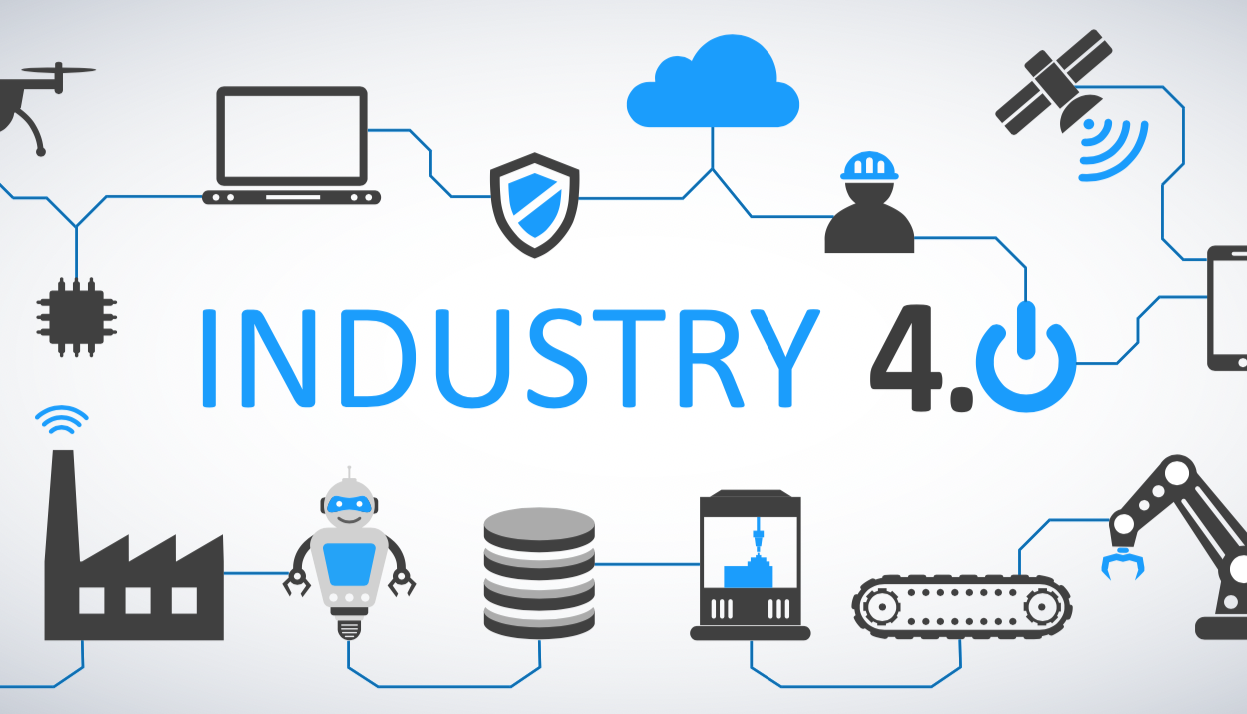- 09-02-2021
- Advertisement
Industrial digitalisation: a forward-looking major challenge
In most industries, there is widespread acceptance that digital technology´s role is shifting rapidly from a marginal driver of efficiency to a key booster for innovation and development. Industrial digitalisation in the midst of a pandemic goes one step further. Now more than ever, we need to shape the future role of new technologies in the industrial sector and the processing industries, such as pressure die casting of Zamak, Magnesium and Lead parts.

As they seek to consolidate the economic recovery, business leaders in every industry are struggling with the strategic implications of industrial digitalisation for business organisations, industrial ecosystems and common benefit for the whole economic rebound.
Europe and the US: different scenarios for industrial digitalisation
Digitalisation in industrial activities such as pressure die casting of Zamak parts faces higher entrance barriers in terms of upfront financial investment, as well as talent and skills accumulation. Moreover, this investment in industrial digitalisation is comparatively less lucrative in Europe´s smaller markets than in the United States. In addition, Europe is home to a larger number of small firms.
In some ways, European companies are being forced to develop their industrial digitalisation on a small scale. In order to optimise this process, companies in some industrial sectors in Europe (metal processing, steel, machinery, etc.) should join forces to build common digital infrastructures, reach agreement on standards and interfaces, or set up data exchange partnerships.
Digitalisation: technology and the evolution of industrial activity
On the other hand, industrial digitalisation in the midst of the coronavirus economic recovery means that certain industries may be forced to reshape their portfolios, through mergers, acquisitions and disinvestments, actions that may or may not be driven by business model innovation.
For these particular industries – including die-casting of Zamak, Magnesium and Lead injected parts –, governments are charged to deal with the Covid-19 crisis as a catalyst for change, starting from companies, by investing in training programmes, but most importantly by supporting the building of a large-scale industrial digital infrastructure.
According to the McKinsey Global Institute in its study Navigating the post-COVID-19 era: A strategic framework for European recovery, 30% to 40% of workers in developed economies will have to change careers or completely reskill by 2030.
Training and investment: the keys to industrial digitalisation
Policy makers are required to promote adult learning, working with trade unions and employers to provide appropriate tools for career reorientation in less skilled jobs or those most exposed to the ongoing changes. Of course, the importance of this transformation was already present before the Covid-19 crisis. However, with ever-changing supply chains and the rise of new technologies, efforts must be redoubled.
In many areas, the pandemic has undoubtedly intensified the need for renewal. The stakes are high, not only in economic and competitiveness terms, but also in regard to the future well-being of individuals and society. If policy makers and managers take the initiative, European industry could emerge from this crisis stronger and better prepared for the future.
Industrial digitalisation: a lot to be gained
- 83 % of companies believe that smart factory initiatives will change production.¹
- 90 % of industry customers believe that digitalization brings them more opportunities than risks.²
- 98 % of industry customers expect to increase their efficiency with digital technologies.²
- 74 % of industry companies expect digitalization to provide opportunities for expanding or entering new markets.³
Sources: ¹ Deloitte Development LCC: 2019 Deloitte and MAPI Smart Factory Study – ² PwC: Digital Factories 2020 – ³ Das E-3 Magazin, February 2019